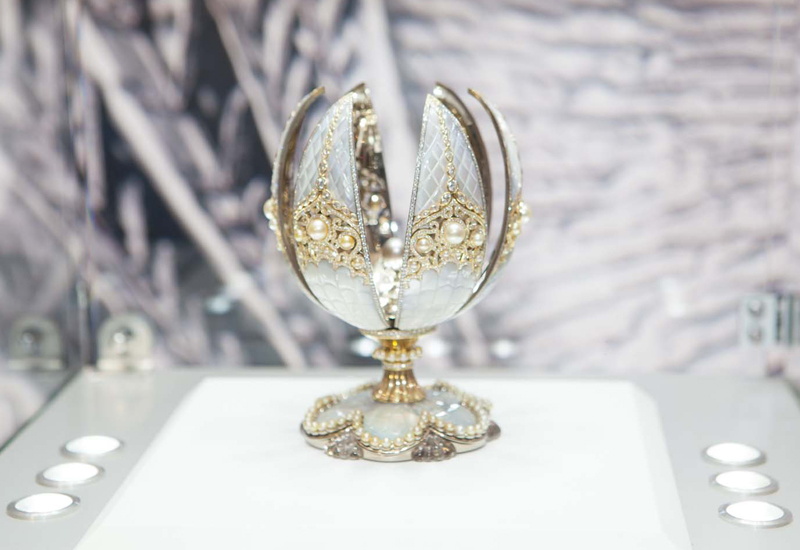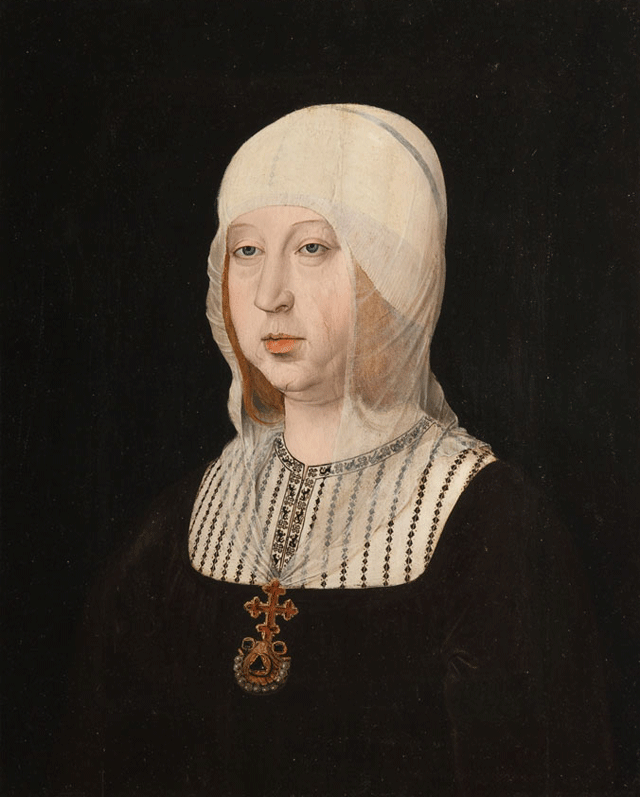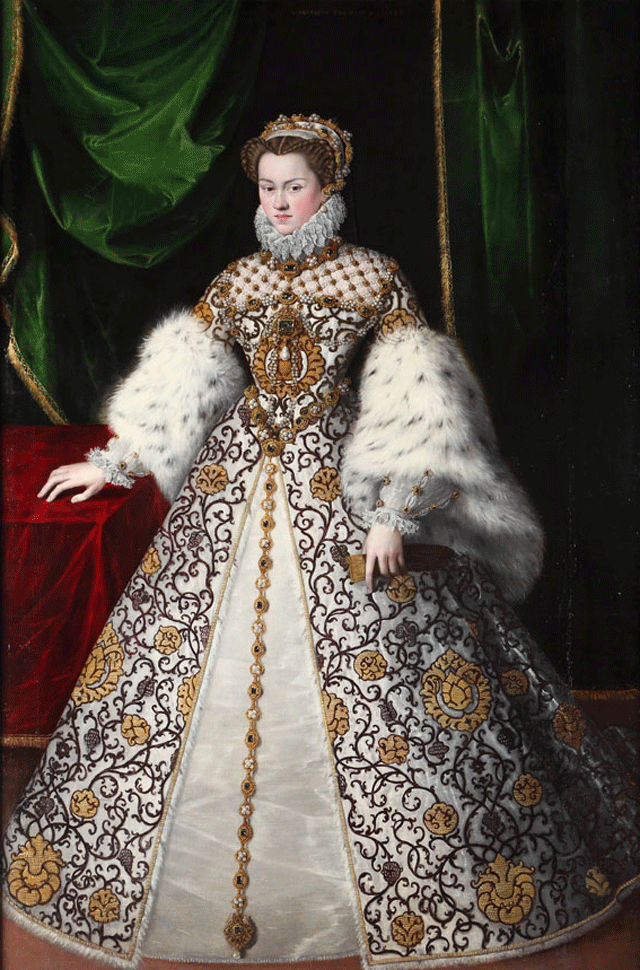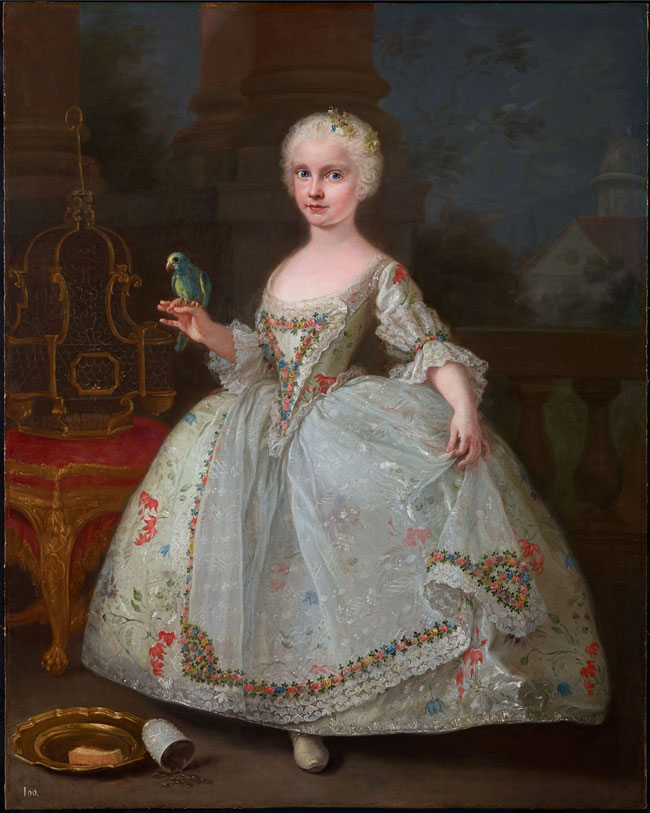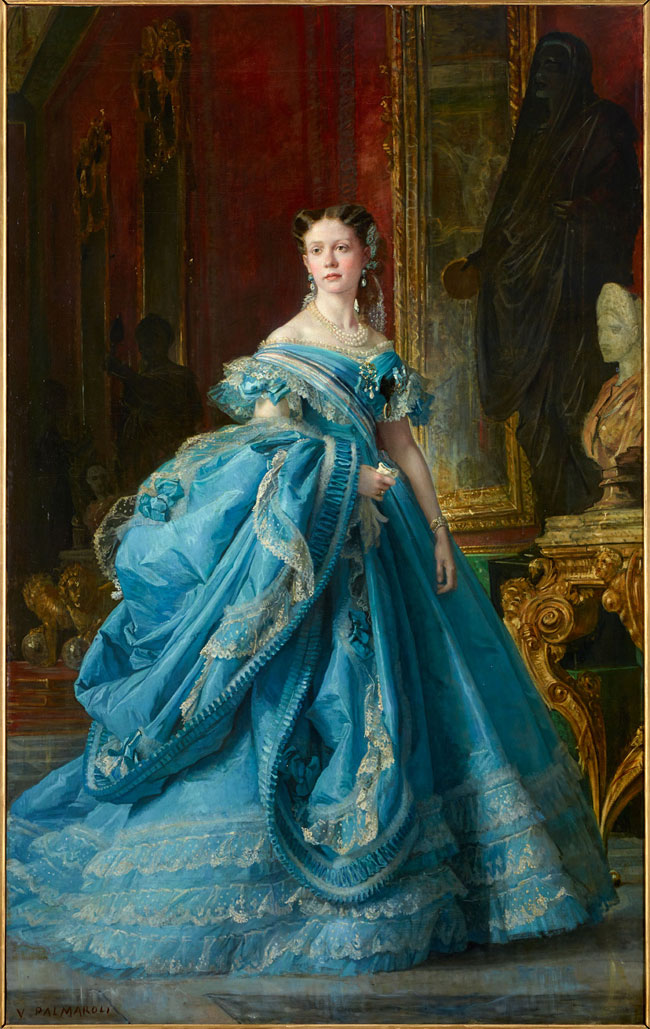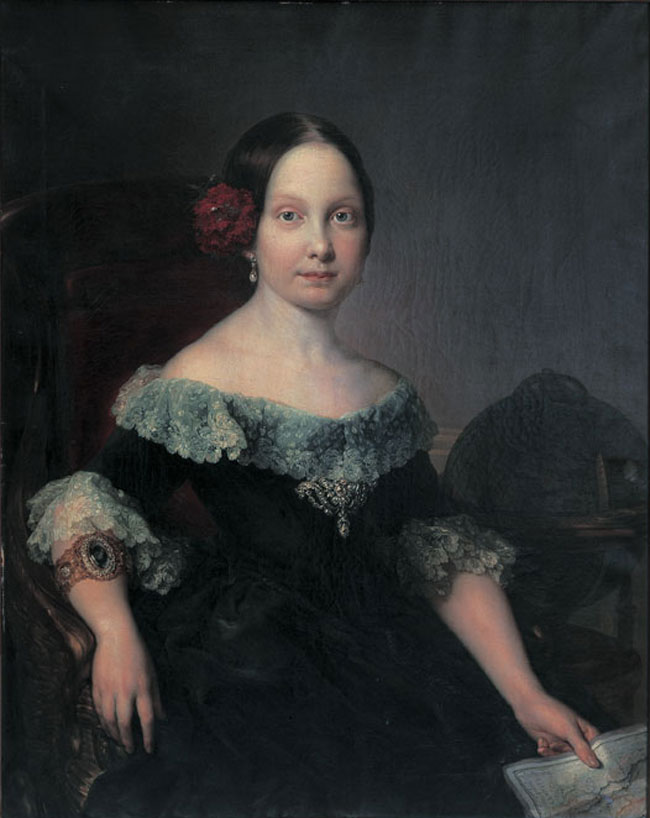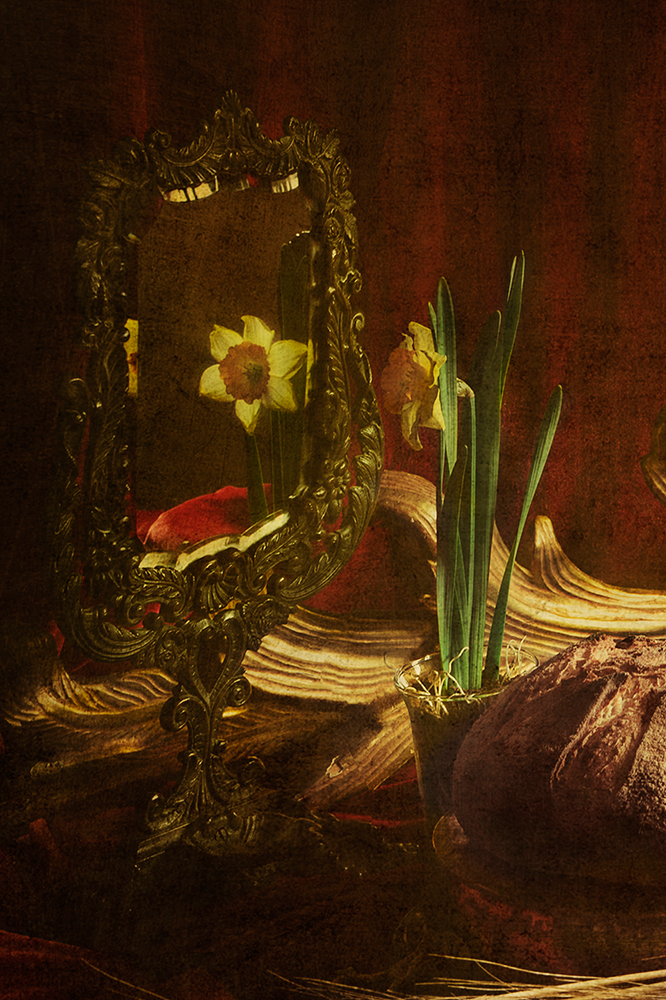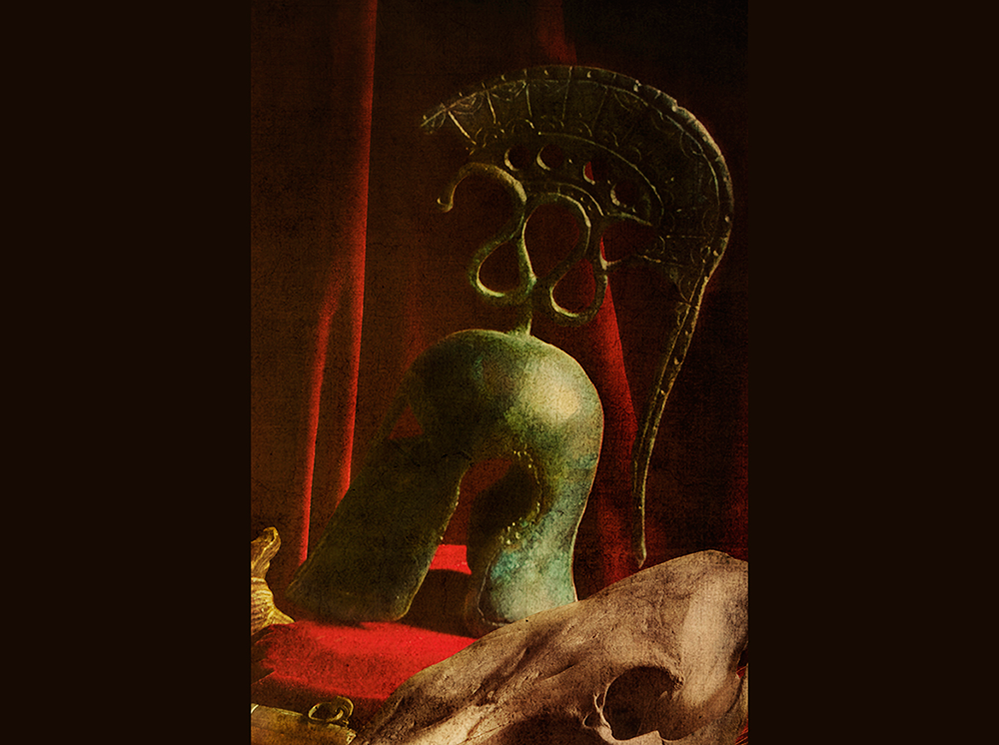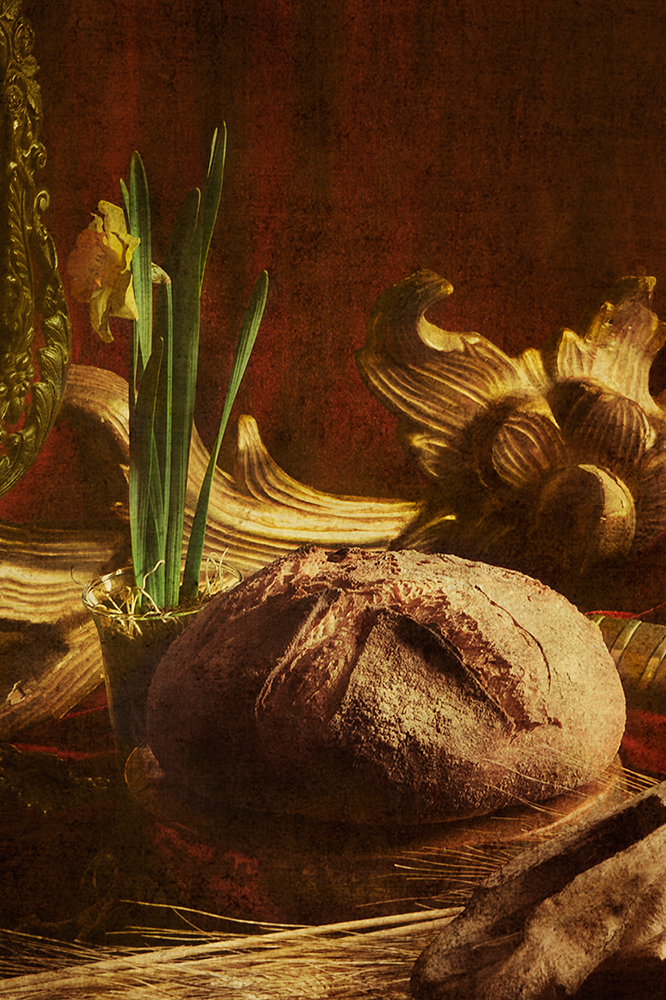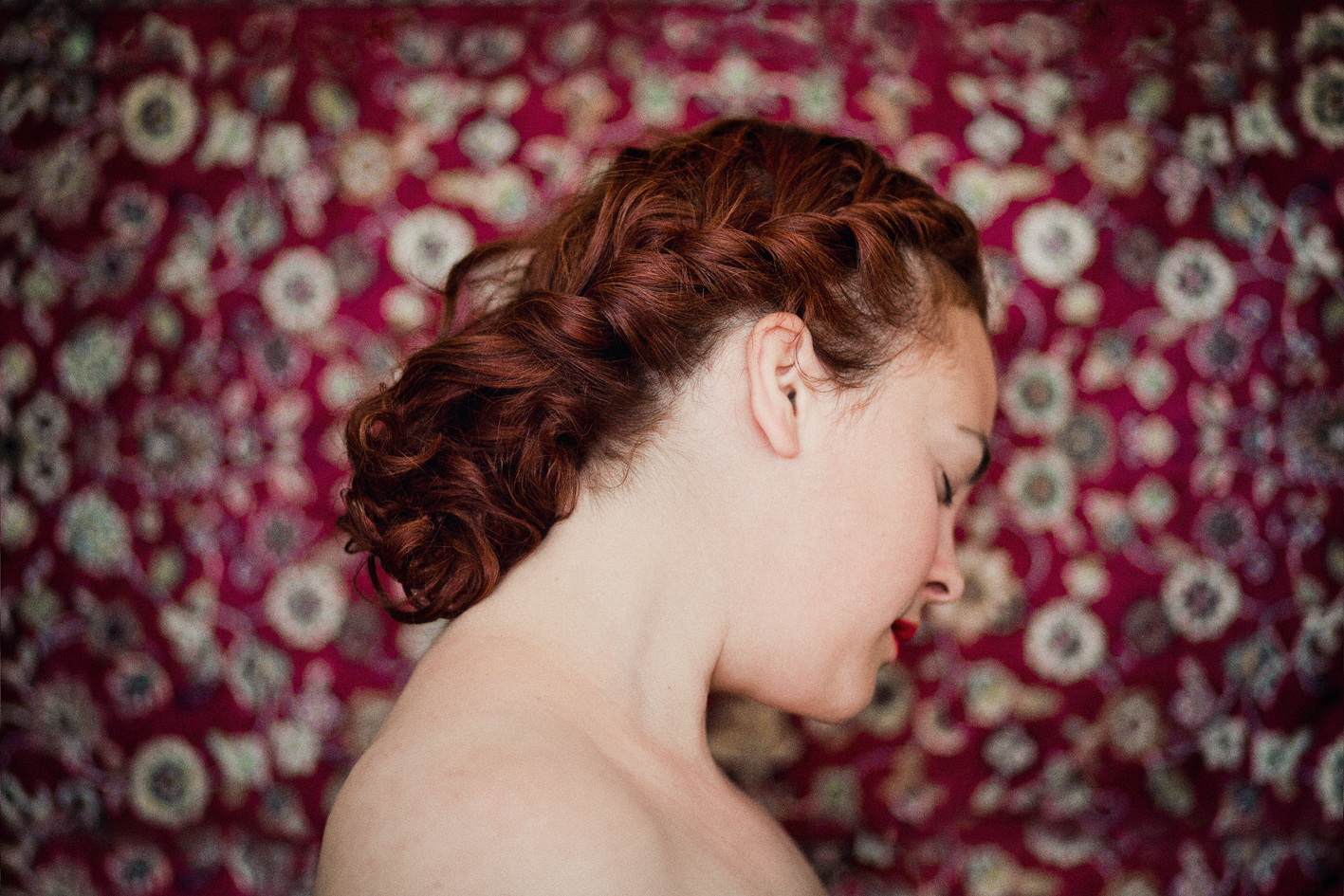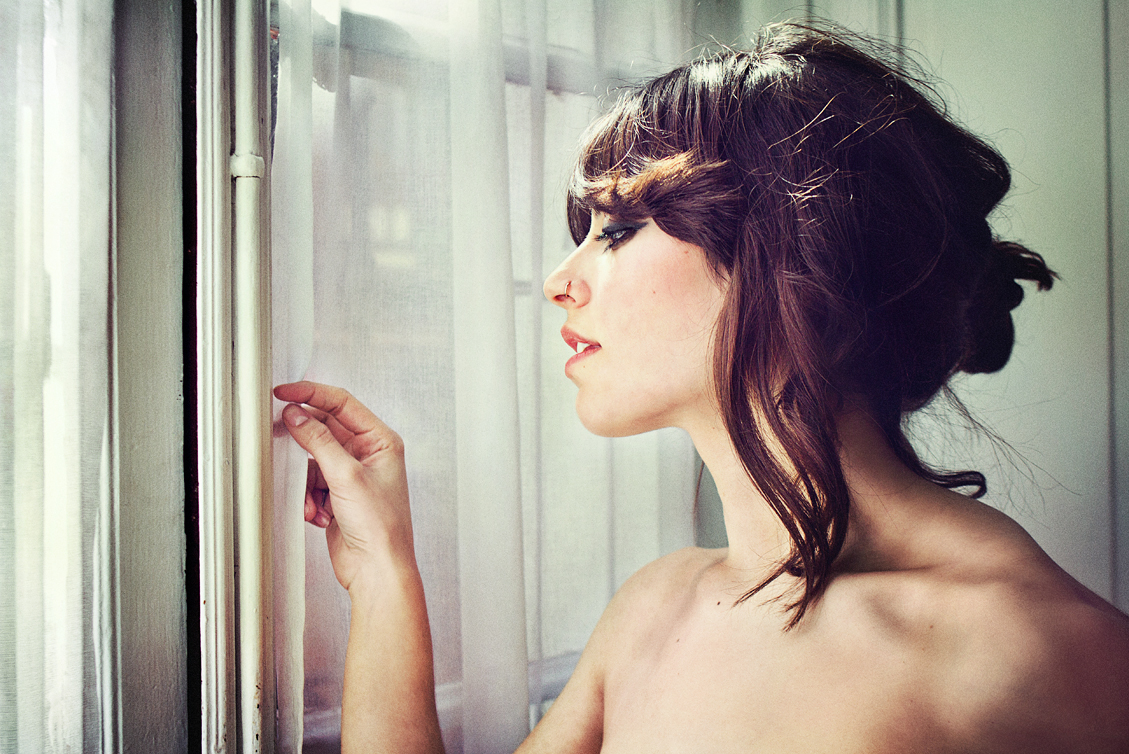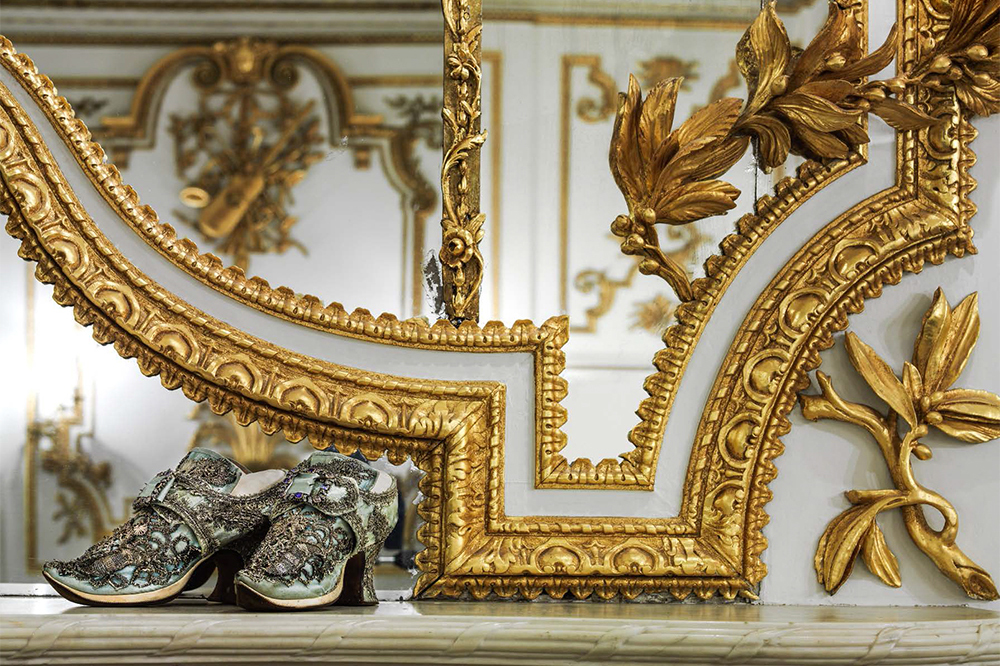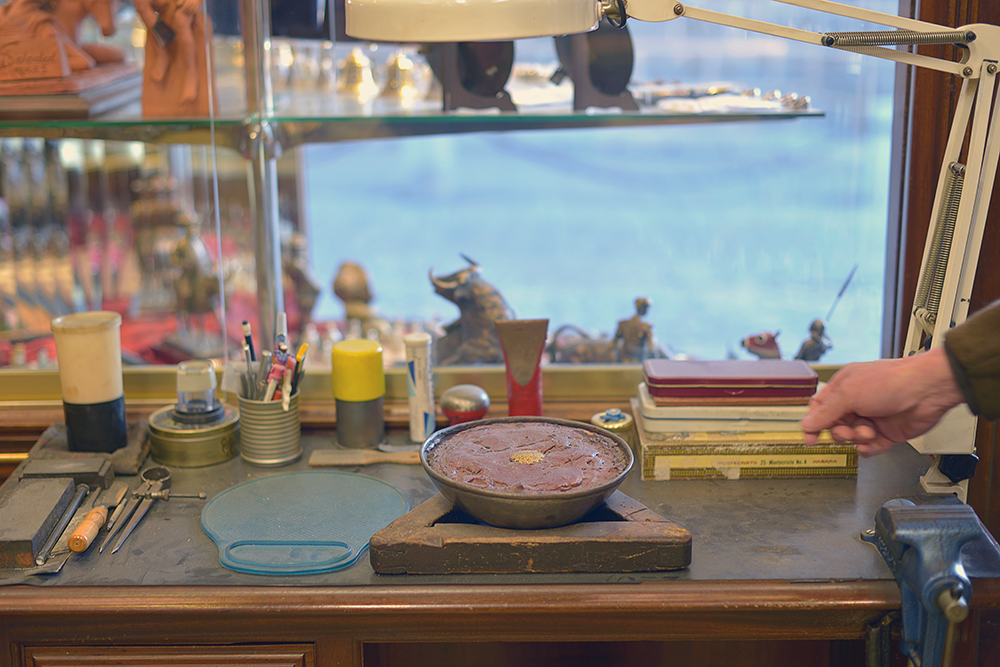I am pretty sure you all who frequently read our vintage blog know that Audrey Hepburn is one of our most beloved muses. Among our most admired jewelry is the reproduction of the pearl necklace she wore while filming Breakfast at Tiffany’s. And it seems it also is you favorite piece, not only ours.
That is why today we’ve decided to write about this beautiful exhibition in London that will be opened until Octobre 18th… Hurry up! Still have time to plan a visit to this impressive city and pay it a visit!
The National Portrait Gallery hosts this time over 70 portraits all about Audrey’s life, starting from the very beginning, when she was part of the choir at the West End Theater in London, up to the last days she dedicated to charity, including her trips to Sudan.
Many front pages of the most glamorous magazines from the 50’s and unpublished cinematographic scenes are some of the nice surprises you can find in this exhibition, besides the never published pictures made by the most acclaimed photographers in the time like Richard Avedon, Cecil Beaton, Terry O’Neill, Norman Parkinson o Irving Penn.
It’s especially curious how The Gallery is using social networks to offer its visitors details about this show. In order to do that, they have the specialist Helen Trompeter frequently tweeting about the exhibition, including a very especial tour about Hepburn’s history through images and the explanations of this expert (visit her profile here)
This last August, the show got the award to the Best Exhibition of the Month.

10The National Portrait Gallery was founded back in 1856 in order to pick and show the most famous and international collections of British portraits. This exhibition about Audrey Hepburn is the private show displayed only until October 18th. However, if you decide to pay it a visit, don’t hesitate to also visit the rest of the gallery. The permanent collection has over 200000 portraits from the 16th century up to date.
For further information, please, visit the National Portrait Gallery website
